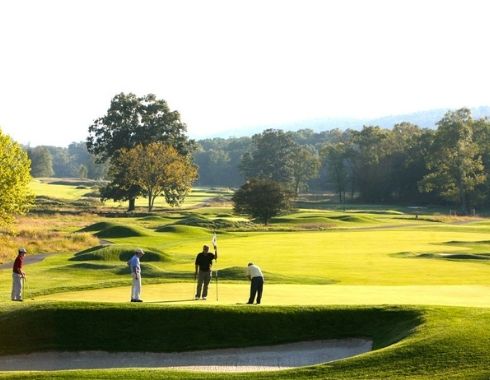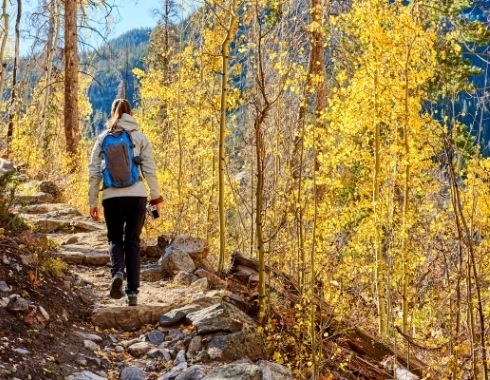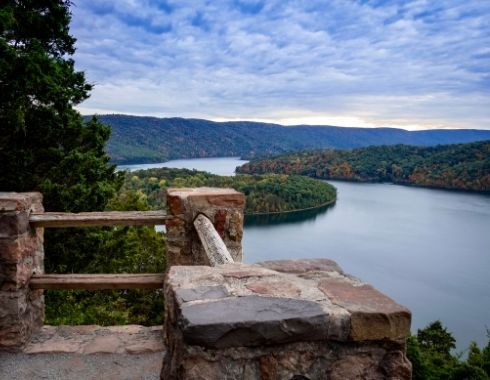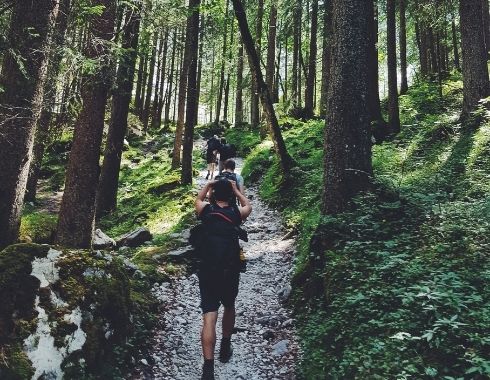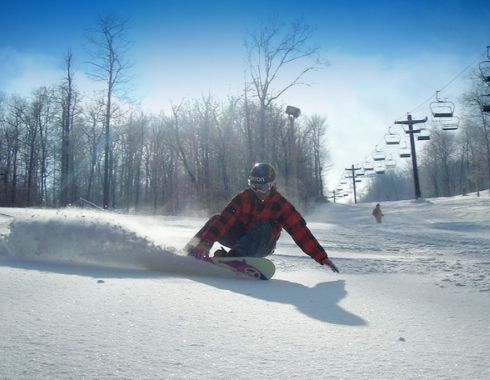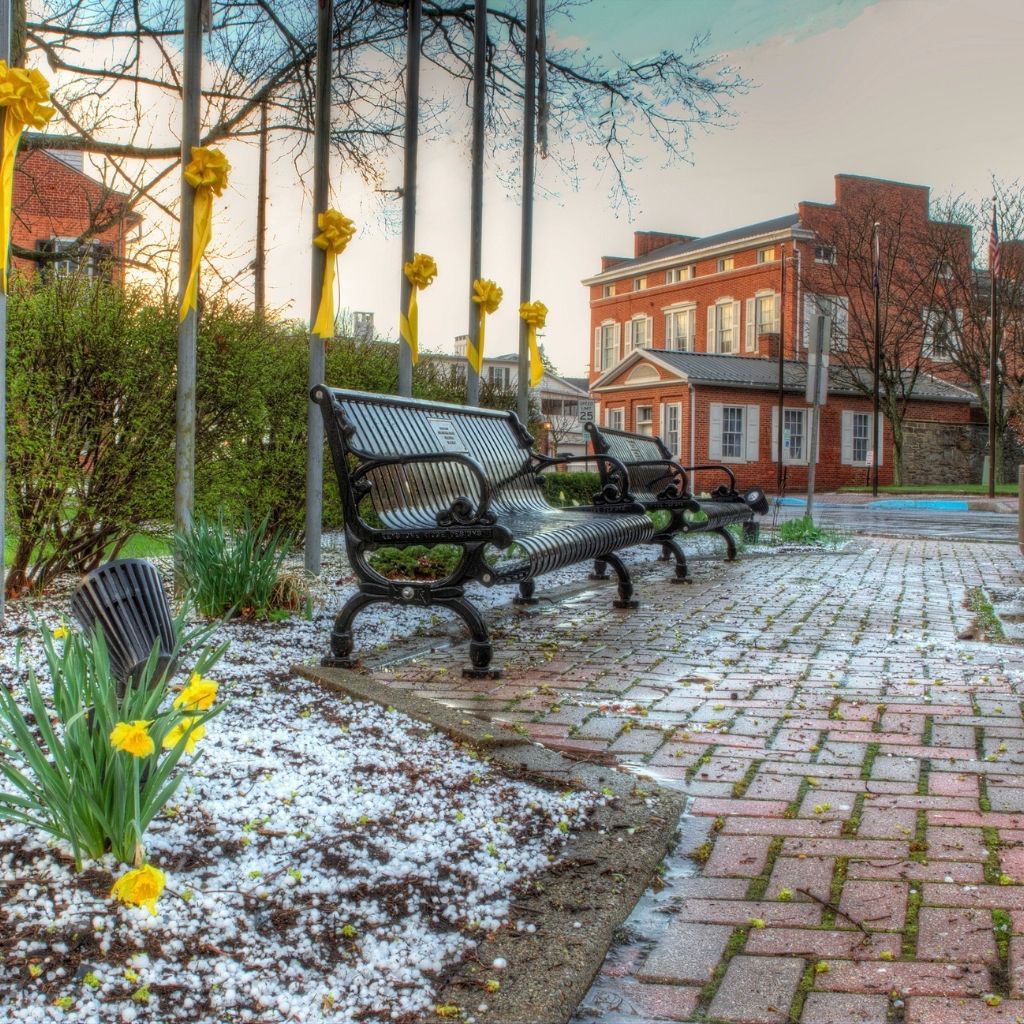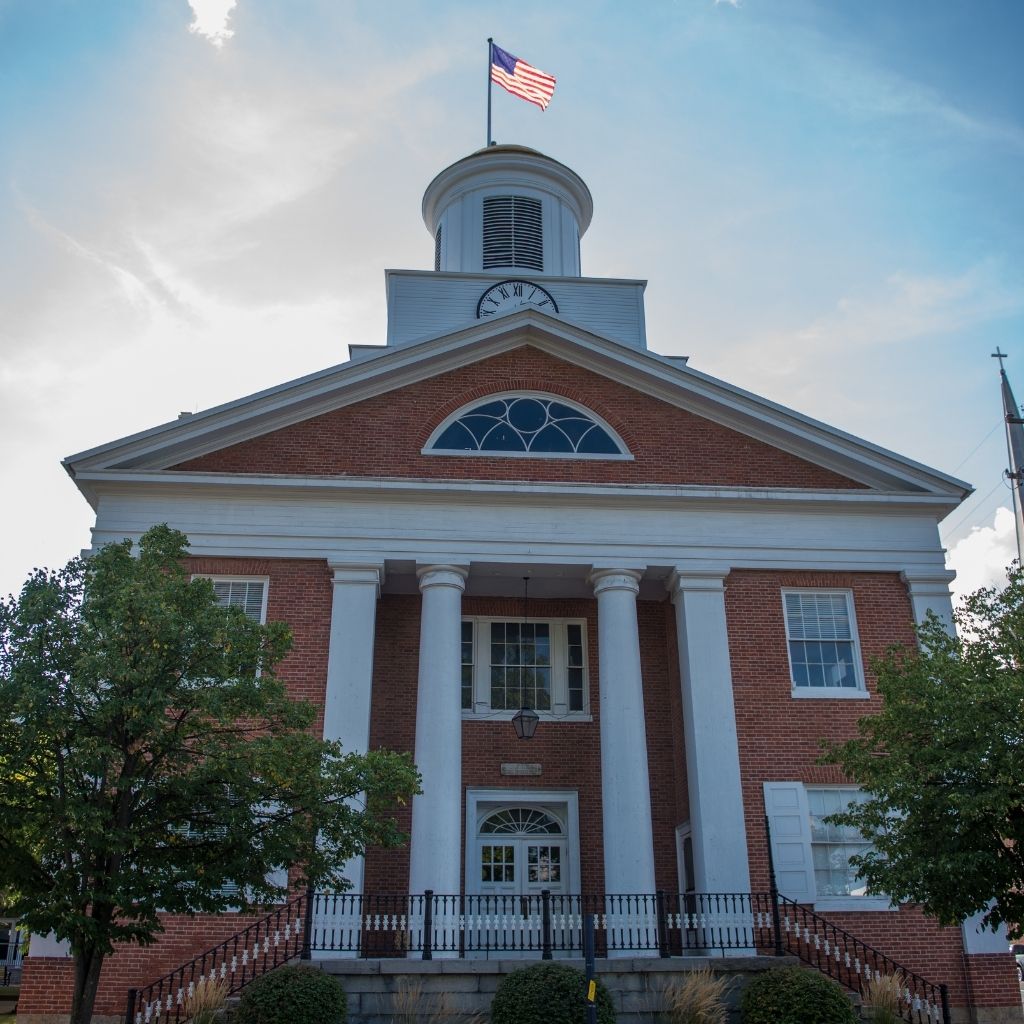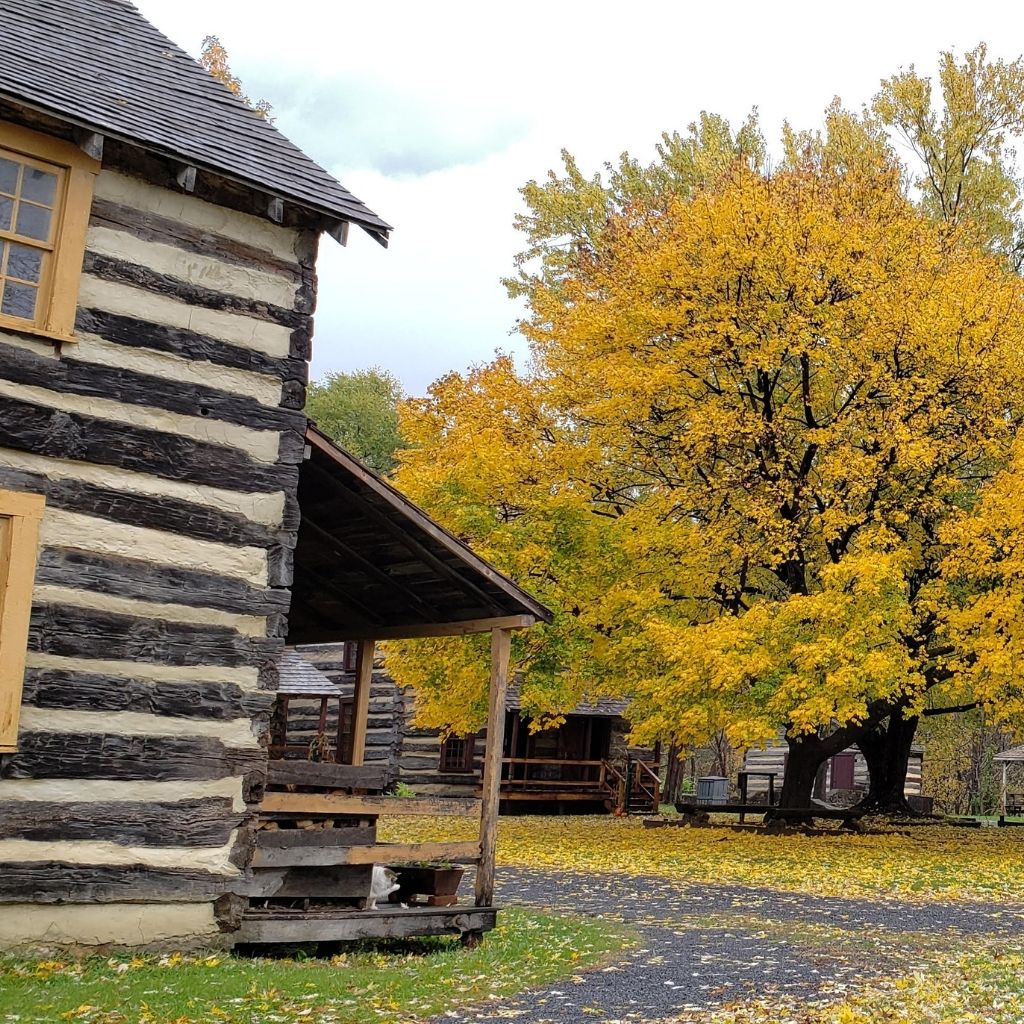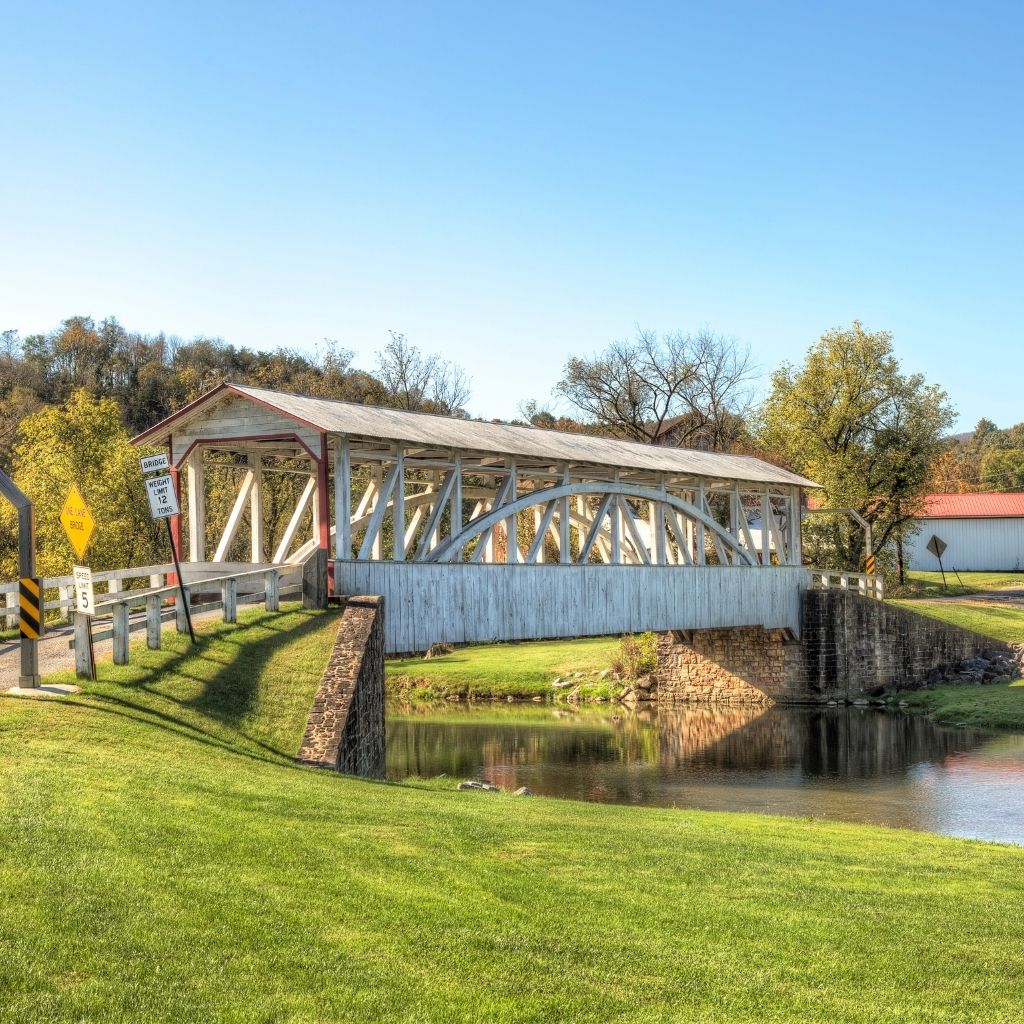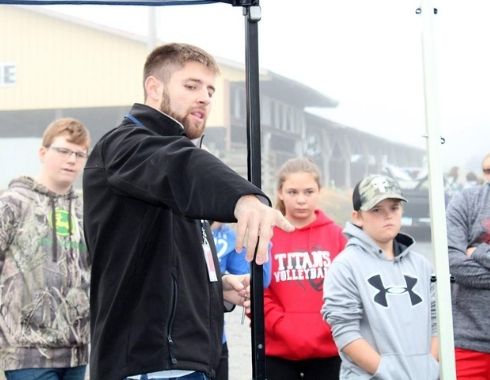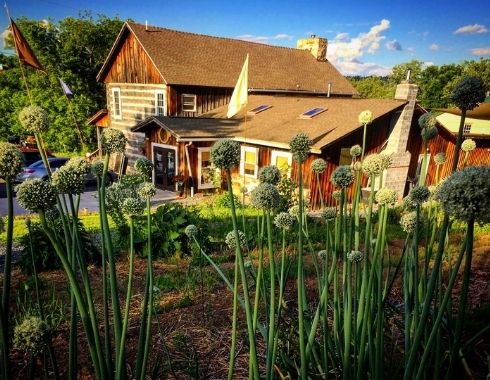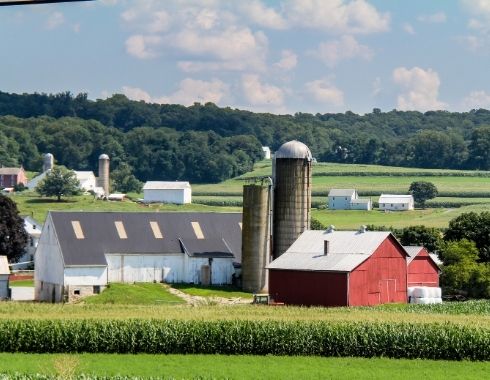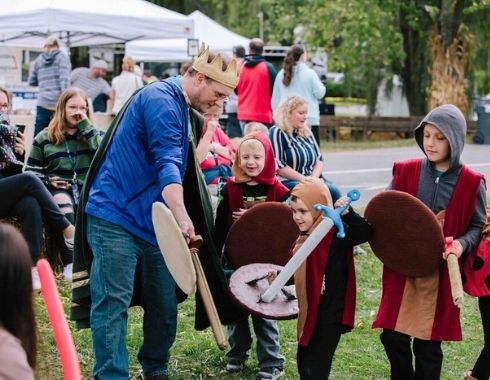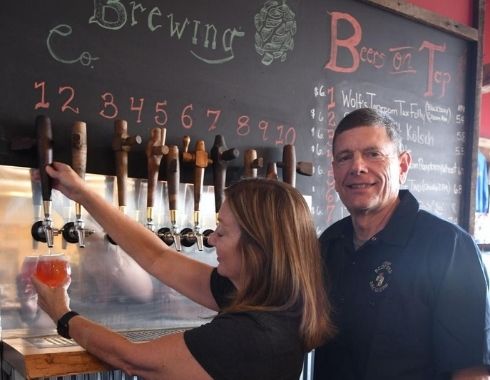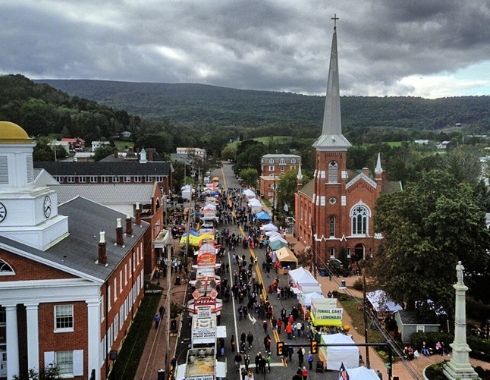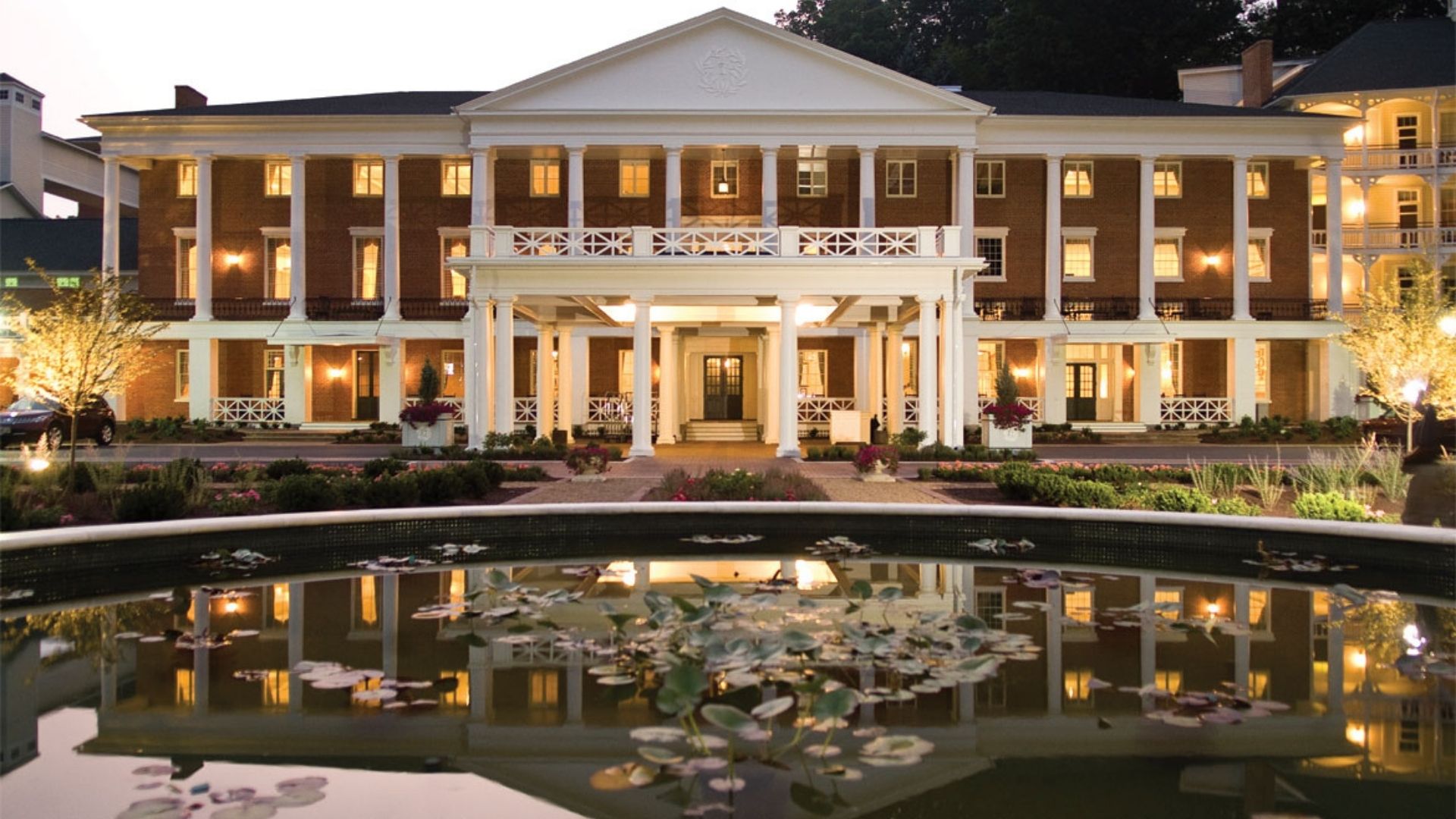Bedford, Pennsylvania, was settled in the mid-1700s and became an important frontier fort during the French and Indian War. Then, as is true today, it was known as a transportation hub with Forbes Road, the major route into the wilderness, forged through its virgin forests.
Through the years Bedford County has made history. George Washington commanded the troops in Bedford during the Whiskey Rebellion — the only time a President has commanded troops in the field. Several structures — including the Espy House in the downtown Bedford’s 22-block National Historic Register District — boast signs indicating that “Washington slept here.”
The Bedford Springs Hotel, a National Historic Landmark awaiting a long anticipated restoration, was one of the country’s first mineral springs hotels, opening in 1804. A favorite summer retreat for Eastern industrialists and refugees from Washington, D.C.’s sweltering summers, Bedford Springs played host to congressmen, senators and other leaders from the Capital. The Supreme Court held session at the Bedford Springs — the only time it has met outside of Washington. And the historic hotel was a favorite spot for President James Buchanan, who received the first trans-Atlantic cable — from Great Britain’s Queen Victoria — while vacationing at the Springs.
Old Bedford Village is home to more than 40 original structures from America’s past, including log buildings and an eight-sided Quaker schoolhouse. Costumed guides and working crafts people lead visitors through tours of the Village.
And with fourteen 19th century covered bridges, the county remains one of the best places to enjoy these “kissin’ bridges” — many have been carefully restored and are open to traffic. For a list of historical-related sites in Bedford County, visit National Register of Historical Places in Bedford County.
